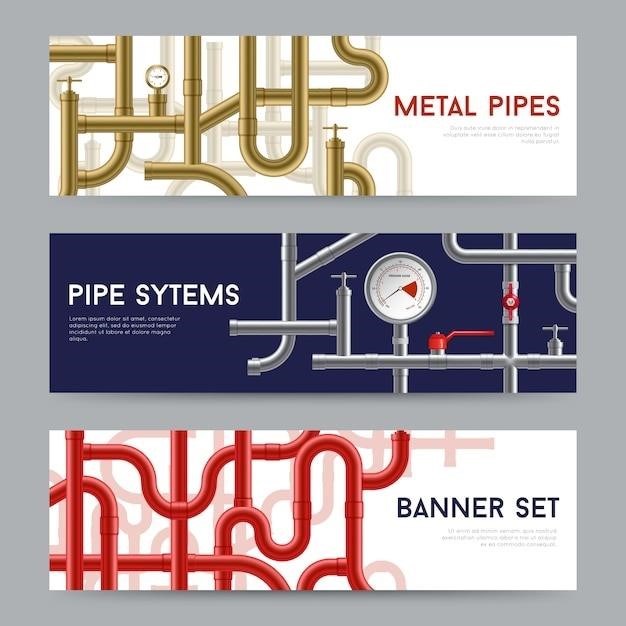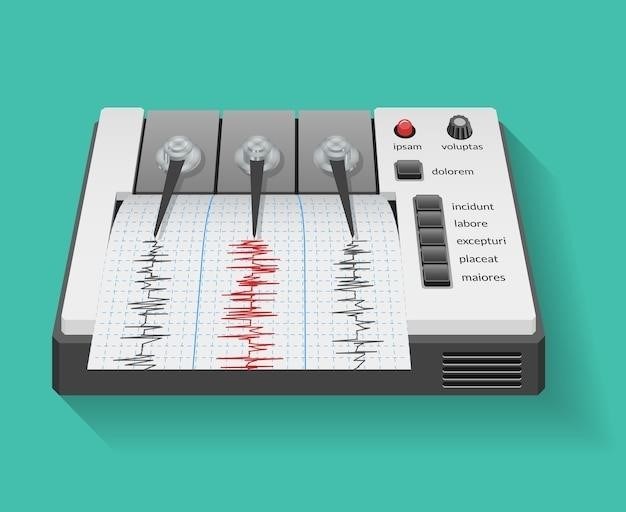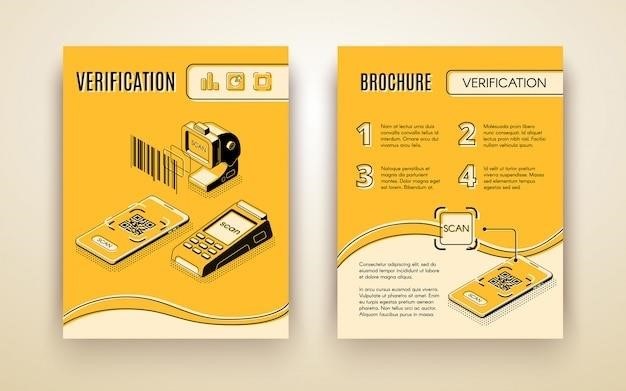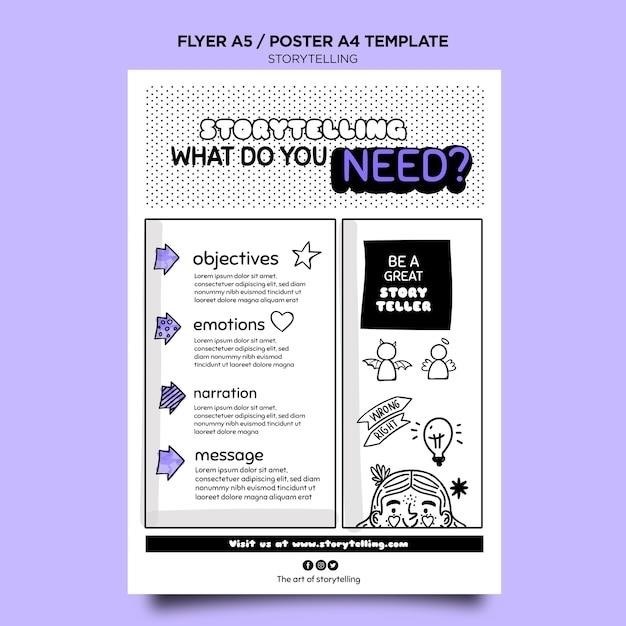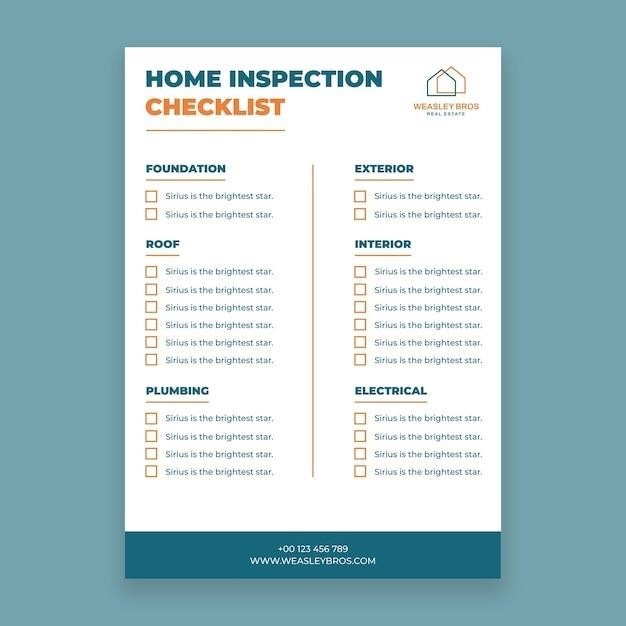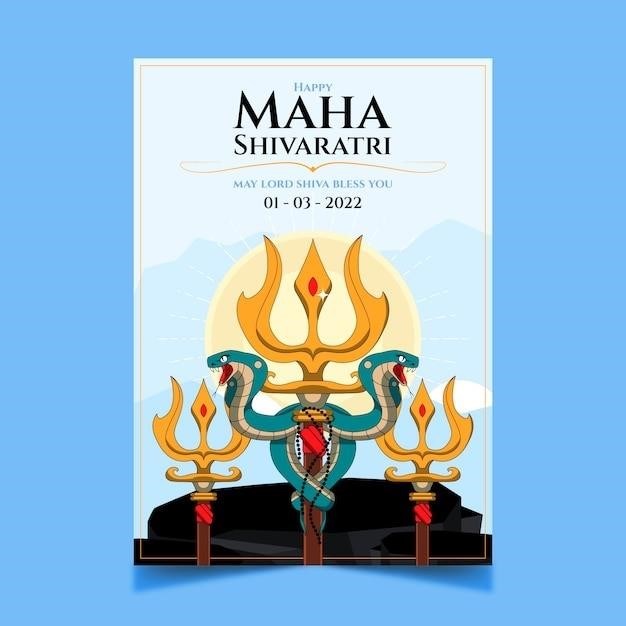Pipeline Safety Regulations
Pipeline safety regulations are a complex and comprehensive system designed to protect people and the environment from the risks associated with pipeline operations. These regulations cover various aspects of pipeline design, construction, operation, maintenance, and emergency response.
Federal Regulations
The Pipeline and Hazardous Materials Safety Administration (PHMSA), a branch of the U.S. Department of Transportation, is the primary federal agency responsible for regulating pipeline safety. PHMSA sets forth comprehensive regulations covering various aspects of pipeline operations, including design, construction, operation, maintenance, and emergency response. These regulations aim to prevent accidents, mitigate risks, and ensure the safe and reliable transportation of hazardous materials through pipelines. PHMSA also has the authority to investigate pipeline accidents and enforce compliance with its regulations.
State Regulations
While federal regulations provide a national framework for pipeline safety, individual states also have their own regulations that apply to pipelines within their borders. These state regulations often build upon federal regulations, adding additional requirements or addressing specific concerns relevant to the state’s unique pipeline infrastructure or environmental conditions. State regulations are typically enforced by state agencies responsible for pipeline safety, and they must be consistent with or more stringent than federal regulations. This layered approach ensures a comprehensive and robust regulatory framework for pipeline safety across the country.
Industry Standards
In addition to federal and state regulations, industry standards play a crucial role in enhancing pipeline safety. These standards, developed by organizations like the American Petroleum Institute (API), provide detailed guidance on best practices for pipeline design, construction, operation, maintenance, and emergency response. API standards are widely recognized and referenced in both federal and state regulations, serving as a benchmark for industry practices. By adhering to these standards, pipeline operators can demonstrate a commitment to safety and ensure that their operations meet industry-accepted best practices. Compliance with industry standards helps to minimize risks, promote consistent practices, and contribute to a safer pipeline environment.
Pipeline Safety Laws
Pipeline safety laws are the foundation of regulatory oversight, establishing the legal framework for protecting public safety and the environment.
PIPES Act of 2020
The Protecting Our Infrastructure of Pipelines and Enhancing Safety (PIPES) Act of 2020 is a significant piece of legislation aimed at strengthening the safety and regulatory oversight of pipelines in the United States. This bipartisan law, signed into effect on December 27, 2020, builds upon existing regulations and provides PHMSA with enhanced authority to ensure the safe transportation of energy and hazardous materials. The PIPES Act addresses a range of pipeline safety concerns, including strengthening PHMSA’s enforcement capabilities, promoting improved pipeline integrity, and fostering greater transparency in pipeline operations.
Pipeline Safety, Regulatory Certainty, and Job Creation Act of 2011
The Pipeline Safety, Regulatory Certainty, and Job Creation Act of 2011 was a significant piece of legislation that aimed to improve pipeline safety and streamline regulatory processes. This act aimed to create a more efficient and effective regulatory framework for the pipeline industry, fostering economic growth and job creation. The 2011 Act addressed various aspects of pipeline safety, including enhanced inspection requirements, improved leak detection technologies, and stricter penalties for violations; It also sought to reduce regulatory burdens on the industry while maintaining high safety standards. The Act aimed to create a balance between promoting economic activity and ensuring the safe operation of pipelines.

Pipeline Safety Administration
Pipeline safety administration involves a multi-layered approach to ensuring the safe operation of pipeline systems.
PHMSA’s Role
The Pipeline and Hazardous Materials Safety Administration (PHMSA) plays a crucial role in ensuring pipeline safety in the United States. PHMSA is responsible for developing and enforcing federal regulations for the safe transportation of hazardous materials, including pipelines. This includes setting standards for pipeline construction, operation, maintenance, and emergency response. PHMSA also conducts inspections of pipeline operators to ensure compliance with regulations and investigates pipeline incidents to identify root causes and prevent future occurrences. PHMSA’s efforts are critical in safeguarding the public and the environment from the risks associated with pipeline operations.
PHMSA’s Mega Rule
PHMSA’s Mega Rule is a significant set of regulations aimed at enhancing pipeline safety by reducing the frequency of pipeline failures. This rulemaking trilogy, addressing lessons learned from incidents like the Pacific Gas and Electric pipeline explosion, encompasses various aspects of pipeline safety. It includes requirements for pipeline integrity management, operator qualifications, and emergency response procedures. The Mega Rule also mandates improved data collection and reporting, aiming to enhance the understanding of pipeline risks and promote proactive safety measures. These comprehensive regulations demonstrate PHMSA’s commitment to continuous improvement in pipeline safety and underscore the importance of a robust regulatory framework.
Pipeline Safety Concerns
Pipeline safety concerns are paramount due to the potential for accidents that can cause environmental damage and harm to public health.
Incidents and Reporting
Pipeline incidents, such as leaks, ruptures, and explosions, are a serious concern for pipeline safety. These incidents can result in environmental contamination, property damage, and even fatalities. To address these concerns, PHMSA has established stringent reporting requirements for pipeline operators. These regulations require operators to report all incidents, regardless of severity, to PHMSA. The reported data is then analyzed to identify trends and potential safety risks. PHMSA uses this information to develop and implement safety regulations, conduct inspections, and enforce compliance with pipeline safety laws.
This comprehensive reporting system plays a crucial role in ensuring pipeline safety by providing a clear understanding of the risks and allowing PHMSA to take appropriate action to mitigate them.
Special Permits
In certain circumstances, pipeline operators may request special permits from PHMSA to deviate from standard pipeline safety regulations. These permits are granted on a case-by-case basis, and PHMSA carefully evaluates each request to ensure that any deviation from the regulations will not compromise safety. The purpose of special permits is to allow operators to address unique situations or challenges that might not be adequately addressed by the standard regulations. For example, an operator might request a special permit to use a different type of material or construction technique in a specific location due to local conditions. PHMSA carefully scrutinizes these requests to determine whether the proposed deviation is justified and will not pose a significant safety risk.
Special permits are a valuable tool for ensuring the safe and efficient operation of pipelines while accommodating specific circumstances that might not be covered by the standard regulations.
Pipeline Safety Resources
Numerous resources are available to help ensure pipeline safety, including industry standards, regulatory agencies, and advocacy groups.
PHMSA Contact Information
The Pipeline and Hazardous Materials Safety Administration (PHMSA) is a key resource for information and guidance on pipeline safety. They are responsible for developing and enforcing regulations for the safe operation of pipelines throughout the United States. PHMSA provides a variety of resources for the public, including their website, which contains information on regulations, safety tips, and incident reports. They also have a dedicated hotline for reporting pipeline safety concerns or feedback on their performance and conduct.
Here is the contact information for PHMSA⁚
- Phone⁚ 202-366-4595
- Website⁚ phmsa.pipelinesafetydot.gov
By contacting PHMSA, individuals can access valuable information and resources to promote pipeline safety and help ensure the safe transportation of energy and other hazardous materials.
API Standards
The American Petroleum Institute (API) plays a crucial role in promoting pipeline safety through the development and implementation of industry standards. API has established over 800 standards that address every aspect of pipeline design, construction, and operations, ensuring safe and environmentally sound practices. These standards are recognized globally for their technical rigor and are frequently referenced in both federal and state regulations.
API standards cover critical areas such as pipeline integrity, construction, inspection and repair, underground storage, public safety and damage prevention, safety management systems, and high-tech monitoring and control centers. By adhering to these standards, pipeline operators can enhance operational safety, assure quality, reduce costs, minimize waste, and provide a consistent framework for the energy industry. API’s commitment to safety and environmental protection makes their standards a vital resource for the pipeline industry.
LEPA Representation
The Liquid Energy Pipeline Association (LEPA) is a prominent voice advocating for the safe and efficient operation of liquid pipelines in the United States. LEPA represents the interests of owners and operators of these pipelines, which play a vital role in transporting crude oil to refineries and delivering essential petroleum products to communities nationwide. These products include gasoline, diesel, jet fuel, home heating oil, kerosene, propane, and biofuels.
LEPA members are also involved in the transportation of carbon dioxide to oil and natural gas fields, where it is used to enhance production. LEPA actively promotes safety standards and best practices within the liquid pipeline industry, ensuring that these critical infrastructure assets operate reliably and protect the environment. LEPA’s commitment to responsible operations and its advocacy for sound policies contribute significantly to the safety and efficiency of liquid pipeline transportation.
Pipeline Safety and the Environment
Pipeline safety is crucial to protecting the environment from potential spills and leaks of hazardous materials.
Carbon Dioxide Transportation
Carbon dioxide (CO2) pipelines are increasingly being used to transport CO2 for various purposes, including enhanced oil recovery (EOR), carbon capture and storage (CCS), and industrial emissions reduction. These pipelines pose unique safety and environmental challenges due to the properties of CO2, which is a colorless, odorless, and non-flammable gas that can be denser than air. In the context of pipeline safety, CO2 transportation raises concerns about potential leaks and releases, which can lead to asphyxiation, environmental damage, and greenhouse gas emissions. The density of CO2 can lead to the formation of CO2-rich pockets in low-lying areas, displacing oxygen and creating a suffocation hazard. Leaks from CO2 pipelines can also impact ecosystems, potentially leading to acidification of soil and water bodies, harming aquatic life, and altering plant growth.
Hydrogen Transportation
Hydrogen is gaining significant attention as a potential clean energy carrier, and its transportation via pipelines is a crucial aspect of its widespread adoption. However, transporting hydrogen through existing natural gas pipelines presents unique challenges and safety considerations. Hydrogen, being the smallest and lightest element, can readily permeate through pipeline materials, leading to leaks and potential embrittlement of the pipeline infrastructure. Additionally, hydrogen’s high diffusivity and flammability require specialized pipeline design, construction, and operational procedures to ensure safe transportation. The development of hydrogen-specific pipeline infrastructure, including materials, coatings, and leak detection systems, is essential to mitigate these risks and enable the safe and reliable transportation of hydrogen for a sustainable energy future.
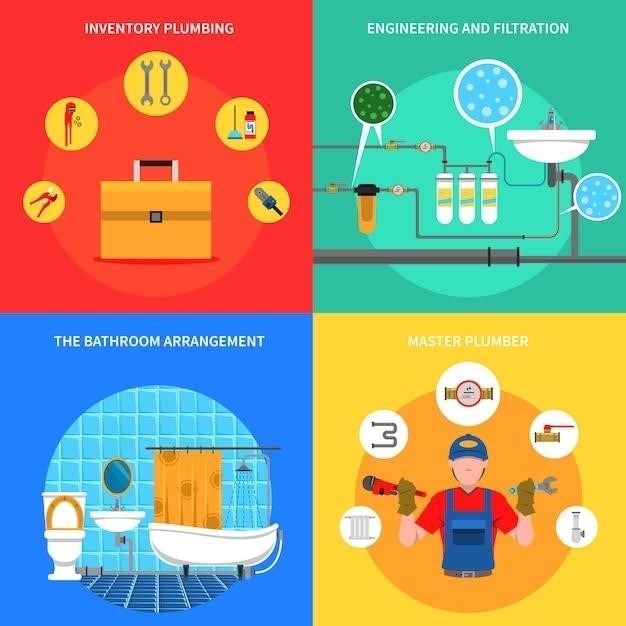
Pipeline Safety and Technology
Technological advancements play a crucial role in enhancing pipeline safety, from leak detection systems to AI-driven predictive maintenance.
AI Pipelines
AI pipelines are revolutionizing pipeline safety by leveraging the power of artificial intelligence to analyze vast amounts of data, identify potential risks, and optimize operations. These pipelines consist of a series of interconnected stages, each designed to perform a specific task related to AI model development and deployment.
The first stage involves data ingestion and preparation, where raw data from various sources is collected, cleansed, and transformed into a format suitable for AI algorithms. This stage ensures data quality and consistency, crucial for accurate model training. Next, AI models are trained using the prepared data, allowing them to learn patterns and relationships within the data. This stage requires careful selection of appropriate algorithms and hyperparameter tuning to achieve optimal model performance.
Once trained, AI models are deployed into operational environments, where they can be used for tasks like anomaly detection, predictive maintenance, and risk assessment. This stage involves integrating the models with existing infrastructure and ensuring seamless data flow. Finally, continuous monitoring and evaluation are essential to ensure the AI pipeline’s effectiveness.
Regular monitoring helps identify potential issues and ensure the models remain accurate and reliable over time. By automating these tasks, AI pipelines streamline the process of developing, deploying, and managing AI models, enabling organizations to enhance pipeline safety and efficiency.
NDT Methods
NDT methods, or Non-Destructive Testing methods, play a critical role in ensuring pipeline safety by allowing for thorough inspection and evaluation of pipeline components without causing damage. These methods are essential for detecting flaws, defects, and corrosion that could compromise the integrity of the pipeline, potentially leading to leaks or failures.
Some common NDT methods include radiographic inspection, ultrasonic testing, magnetic particle testing, and eddy current testing. Radiographic inspection uses X-rays or gamma rays to create images of the internal structure of the pipeline, revealing hidden defects. Ultrasonic testing utilizes sound waves to detect flaws based on reflections from internal structures. Magnetic particle testing employs magnetic fields and iron particles to identify surface cracks and defects. Eddy current testing uses electromagnetic fields to detect changes in electrical conductivity, indicating potential corrosion or other defects.
These methods are used at various stages of the pipeline lifecycle, from initial construction to ongoing maintenance, providing valuable insights into the pipeline’s condition. By employing NDT methods, pipeline operators can identify potential issues early, allowing for timely repairs and preventative measures, ultimately enhancing pipeline safety and reliability.
